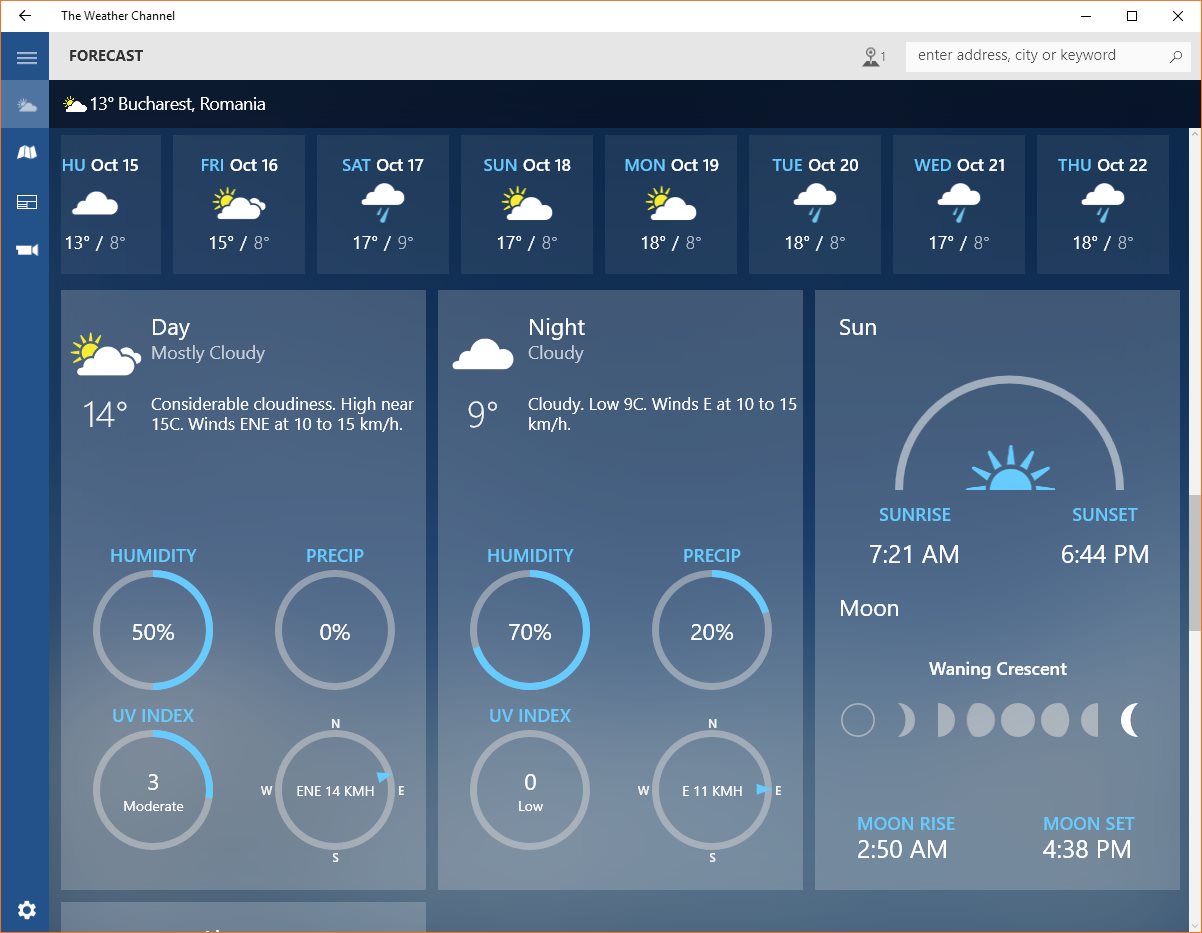
Separating facts from fictionĬhennaiyil Oru Mazhaikkaalam (COMK), which translates to Rainy Season in Chennai, was quick to point out that neither the book that the report was based on, nor the actual report had backed their claims with real temperature data. But like us, many weren’t entirely sold on the whole Madras being frozen drivel, and it was subsequently scrutinised by the amateur weather bloggers of COMK. Sounds pretty legit, doesn’t it? We almost believed it too. The book Tambora: The Eruption That Changed the World, which the newspaper heavily relied on for its story, suggested that trade winds carried the resulting dust veil to the Indian Ocean within days.Īnd two weeks after the volcanic eruption, Madras was probably the first to feel the chill thanks to the aerosols produced in the volcanic eruption, which absorb heat from the Sun and the Earth.

The reported death toll in the immediate vicinity ranges from 10,000-100,000. And on April 10, 1815, lava burst forth from it with such ferocity that the explosion, heard 2,000 km away, likely killed thousands.

While this may sound like hogwash, readers gobbled up the idea of The Great Chennai Freeze, especially since the famed newspaper backed the outlandish claims with evidence of a volcanic eruption of Mount Tambora in distant Indonesia.Īccording to The Hindu, this Mount Tambora was the tallest peak in the archipelago, rising to 4,300 m. Today marks the 208th year anniversary of modern-day Chennai recording a temperature of -3☌ and witnessing snowfall - or so we’ve been led to believe.įor the unversed, in 2015, The Hindu published a report stating that 200 years ago, Madras recorded a morning temperature of 11☌ on April 24, and it subsequently plummeted to -3☌ by Friday, April 28! But there is a point to this hang in there. The Springfield airport, which is about 30 miles north of the crash scene, had recorded just half of its usual rainfall for the month of April.If you’re reading this article sitting under the scorching sun somewhere in Chennai as sweat trickles down your forehead, the title will probably make you wistfully scoff at the ridiculousness of it all. The top layer of soil is quite loose.”īen Deubelbeiss, a meteorologist with the National Weather Service, told the New York Times the strong winds combined with a recent dry spell to create Monday’s conditions. The farmers are out there tilling their fields and planting. “It's been very dry across this area really for the last three weeks. “It's very flat, very few trees," meteorologist Chuck Schaffer told AP. Starrick said the interstate would be closed until at least Tuesday. The interstate was shut down from mile marker 52 to mile marker 80 in both directions. The incident occurred on I-55 south of Springfield, where winds have gusted between 35 and 45 mph today.


“The cause of the crashes is due to excessive winds blowing dirt from farm fields across the highway, leading to zero visibility,” Illinois State Police Maj. At least 72 cars and semitrailers were involved. Illinois State Police said 37 people were taken to hospitals with injuries ranging from minor to life-threatening. Sign up for the Morning Brief email newsletter to get weekday updates from The Weather Channel and our meteorologists.Īt least six people are dead after a multi-car pileup among windy, dusty conditions on Interstate 55 in Illinois.


 0 kommentar(er)
0 kommentar(er)
